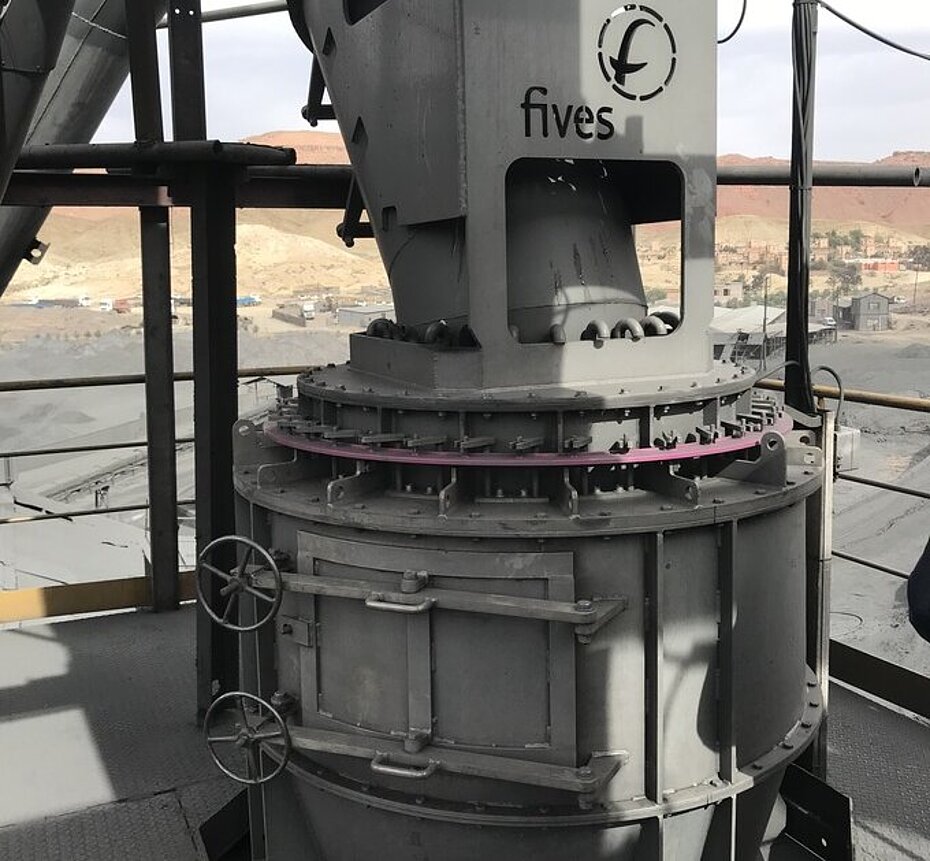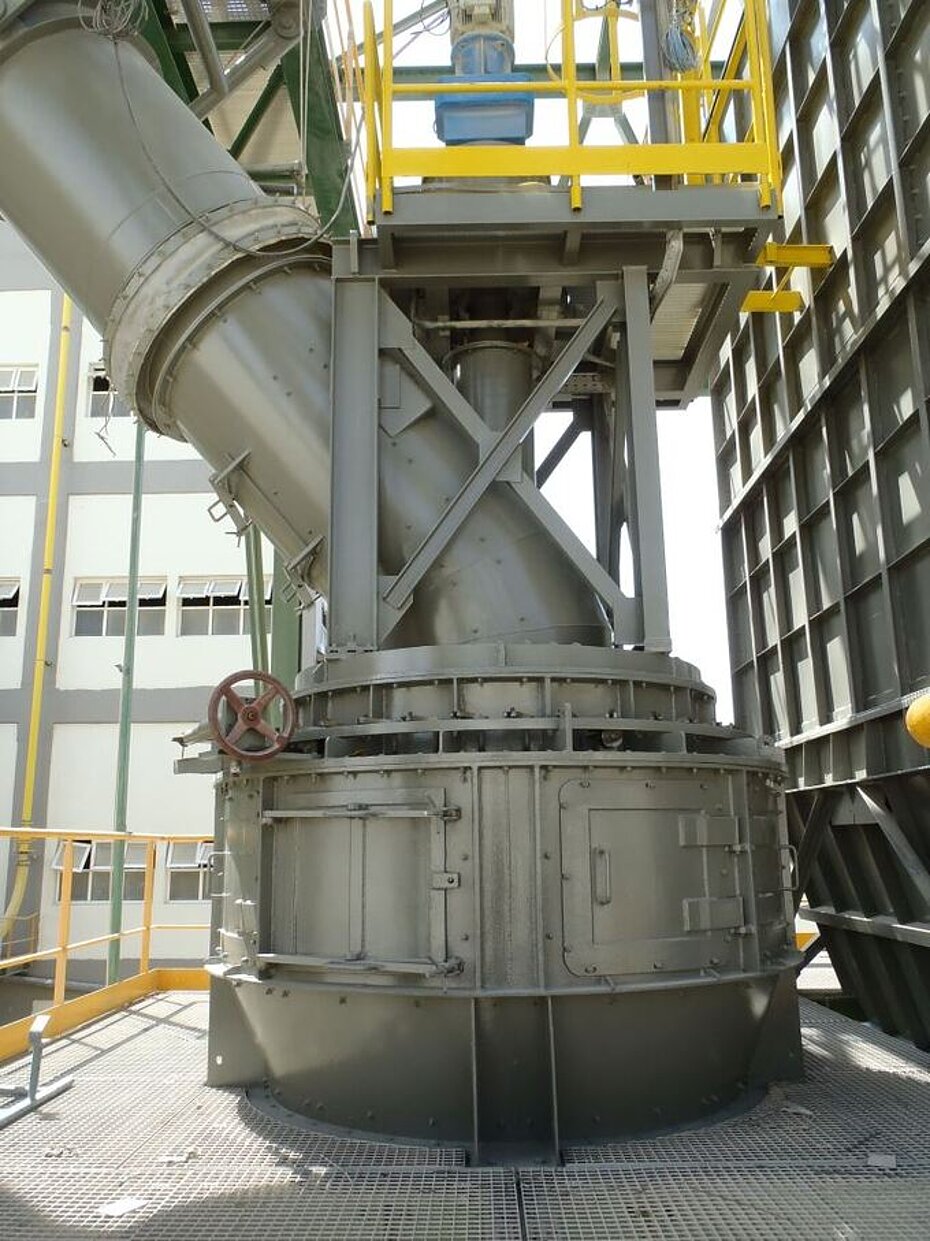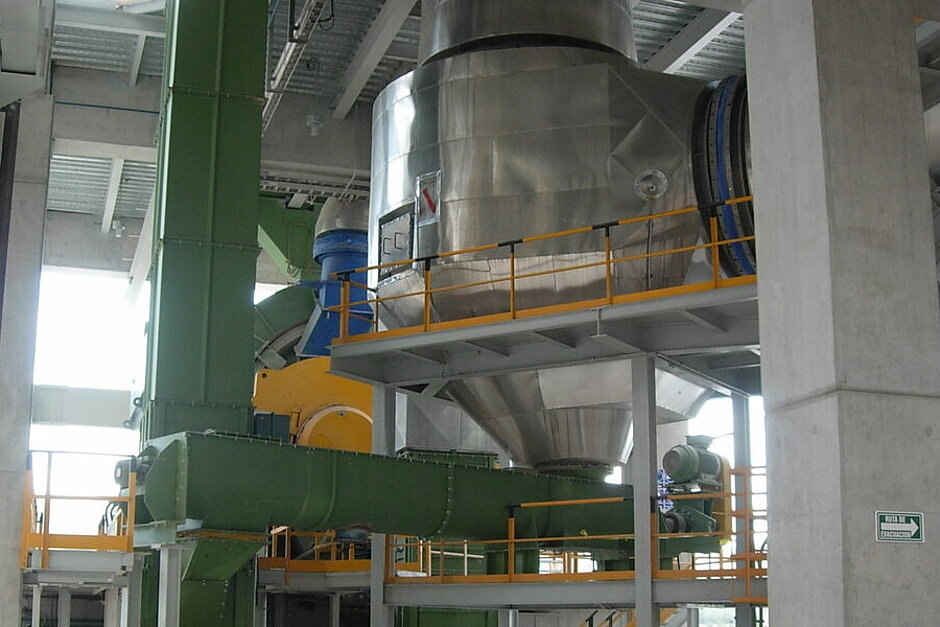High-efficiency classification
FCB TSV? Classifier
Easy and efficient classification for mineral and cement grinding mills
For a grinding mill to reach optimal performance levels, it needs to incorporate a highly efficient classifier that separates fine product from coarse materials. The classifier improves the product quality by ensuring it includes a minimum amount of coarse material. It also increases grinding efficiency and reduces mill power consumption by limiting the amount of fine product in the coarse material.
天博体育’ FCB TSV? Classifier offers a very large range of installation possibilities, and is easy and efficient to use. Our third generation FCB TSV? Classifier offers further improvements to classification efficiency, making it the ultimate tool to maximize production in cement and mineral grinding mills.
Increase precision while reducing energy consumption

The FCB TSV? Classifier offers flexible design that is perfectly adapted to separating fine product and coarse material in a large range of industrial applications.
Key technical features:
- Circular damper with swiveling counter blades that can be adjusted while the equipment is in operation
- Turbine with patented rotor blades and anti-vortex plates
- Drive system with speed variation
- Smart sealing system for top cut size steadiness
- Wear-resistant protection adapted to any material and arrangement
- Available from 800 mm (31 in) to 8 m (26 ft) diameter (up to 500 metric t/h finished product)
- Can be fitted with an axial or tangential air inlet for dusty or non-dusty air, and be top or bottom feeding (or both)
A range of benefits for both cement and mineral plants

天博体育’ FCB TSV? Classifier has been widely used by major players in Cement & Minerals industries, thanks to its many advantages. These include:
- Increased grinding capacity thanks to higher grinding efficiency and minimized by-pass
- Maximized cement strength with the minimal Blaine set point due to coarse fraction reduction
- The possibility of concentrating product in a dry process where two fractions show a density difference (for example, phosphates or magnesite)
- Easy and efficient control and removal of ultrafine fractions from any given powders or aggregates
- Reduced fuel consumption thanks to a higher reactivity of solid fuels in cement kilns and precalciners
- Better burnability of raw meal in the cement kiln
- Very low power consumption
- Optimized fineness target values for increased capacity
- Strictly controlled particle size distribution
- Low separator pressure drop








